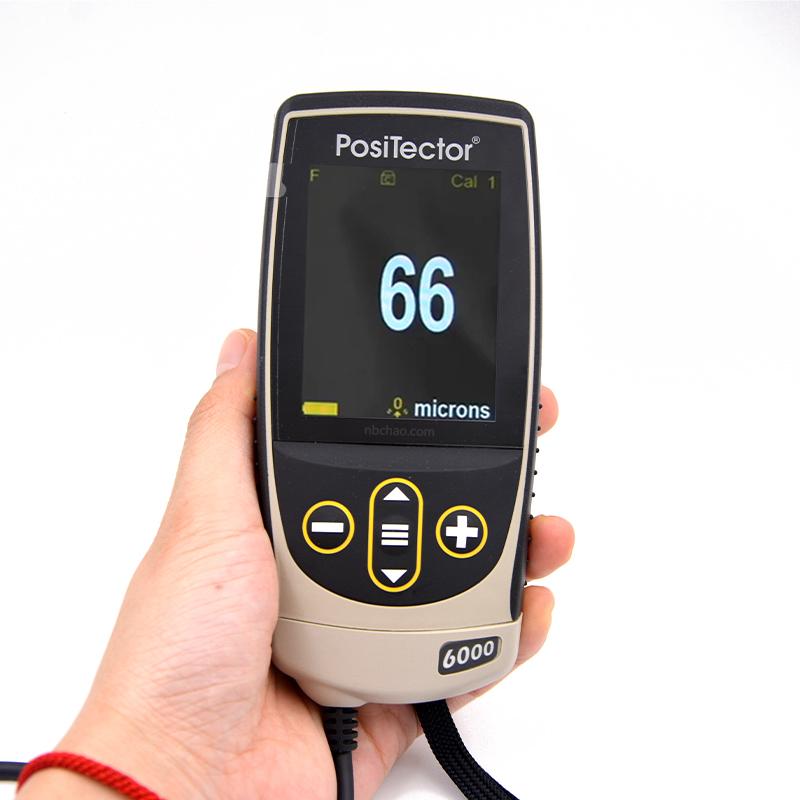General guidelines for the use of coating thickness gauges
A coating thickness gauge is a device used to measure the thickness of a coating or coating. It is suitable for automatic identification of different substrates and measurement using magnetic induction and eddy current technology. These instruments generally meet international standards and national standards, can quickly, accurately, non-destructive measurement of coating thickness, suitable for laboratory and engineering site.

General guidelines for the use of coating thickness gauges
Procedure of use
When using a coating thickness gauge, be sure to follow the following detailed steps and usage details to ensure accuracy and safety:
Start-up and preparation
Check the battery status and make sure the battery is sufficient. If you need to replace the battery, follow the instructions in the manual.
Ensure that measuring instrument surfaces and probes are clean and dust-free, and keep the surface of the subject dry.
Insert the calibration TAB within the standard measuring range and calibrate the instrument according to the instructions to ensure accuracy.
Measurement reserve
Select the appropriate probe to match the surface and coating type under test.
Attach the measuring probe vertically to the coating surface under test. Ensure that the probe is in close contact with the surface of the object being measured to avoid shaking or friction.
Confirm the base type of the coating under test to adjust the measurement mode of the instrument.
General guidelines for the use of coating thickness gauges
Measurement operation
Place the instrument probe on the surface of the object to be measured, ensure that no additional pressure is applied, and wait for the measurement reading to stabilize.
Press the measurement button to measure. Measurement times may vary for different coating types and thicknesses.
Make sure to take multiple measurements to get accurate averages. There may be small differences between measurement points, so it is recommended to take multiple measurements in different areas.
Measurement results and data processing
View the measurement results on the instrument display. Verify that the displayed result is stable and consistent with the expected result. If necessary, record the measurement results for subsequent analysis or documentation.
Instrument shutdown
After use, press the power off button to turn off the instrument to save power. If the instrument is not in use for an extended period of time, remove the battery to avoid damaging the instrument.
General guidelines for the use of coating thickness gauges
Instrument maintenance
Clean instrument surfaces and probes regularly to ensure they remain clean and avoid dust or dirt buildup. Avoid excessive friction or damage to the measuring probe. Store and protect the probe carefully after use.
Instrument calibration and maintenance
Calibrate the instrument according to the instruction manual. If the measurement is found to be inaccurate or requires calibration, follow the steps in the instructions. If an instrument fails or needs repair, contact the manufacturer or designated service center for processing.
Matters needing attention
Calibration is performed using an uncoated substrate or a standard test block of the same material as the substrate of the product under test to reduce the impact of the substrate material on the measurement accuracy.
General guidelines for the use of coating thickness gauges
When measuring ultra-thin coatings (up to 10μm), be sure to calibrate on an uncoated substrate to ensure measurement accuracy.
Avoid severe vibration or impact of the instrument, so as not to affect the measurement accuracy.
The instrument should not slide the measurement, knock or bump the probe to avoid damage to the probe.
